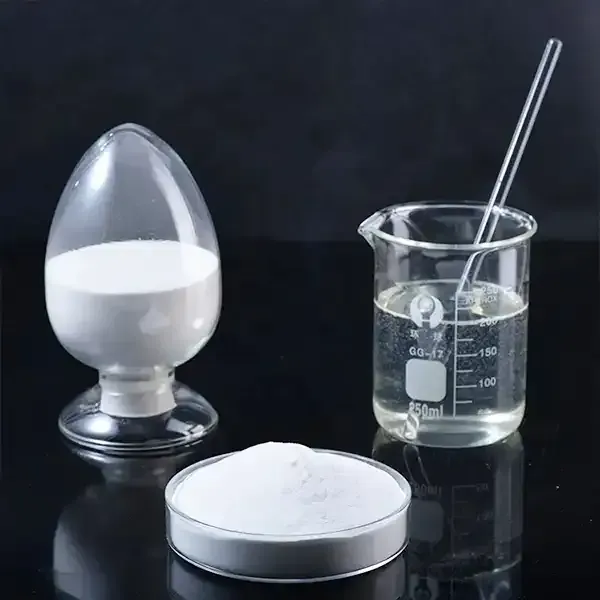Cellulose Ethers Versatile Polymers in Modern Applications
Cellulose, the most abundant organic polymer on Earth, is derived primarily from the cell walls of plants. As a natural polymer, it consists of linear chains of glucose molecules linked via β-1,4-glycosidic bonds. While cellulose itself is not soluble in water, the chemical modification of cellulose has given rise to a group of substances known as cellulose ethers. These derivatives are formed by substituting some of the hydroxyl groups in cellulose with etherifying agents, resulting in products that possess unique properties and have a wide range of applications across various industries.
One of the most important features of cellulose ethers is their solubility in water and organic solvents. Common cellulose ethers include methylcellulose (MC), hydroxypropyl methylcellulose (HPMC), and carboxymethyl cellulose (CMC). Each of these has distinct characteristics that make them suitable for specific applications. For instance, methylcellulose is thermally reversible, meaning it gels upon heating and resumes its original state upon cooling, which is harnessed in cooking and food processing. Hydroxypropyl methylcellulose, on the other hand, is often used in pharmaceuticals for controlled drug release due to its excellent film-forming abilities.
In the food industry, cellulose ethers are indispensable. They serve as thickeners, stabilizers, and emulsifiers, helping to improve the texture and shelf-life of various products. Hydroxypropyl methylcellulose is particularly popular in gluten-free baking, as it aids in retaining moisture and improving the overall structure of baked goods. Additionally, carboxymethyl cellulose is widely used in ice cream to prevent the formation of ice crystals, ensuring a smooth and creamy texture.
In the pharmaceutical sector, cellulose ethers play a crucial role. They are utilized in the formulation of tablets, capsules, and suspensions due to their ability to control the release rate of active ingredients. The water-soluble nature of these polymers allows for the creation of gel-like matrices, which can prolong the duration of drug release in the body. This characteristic is essential for developing sustained-release formulations, enhancing patient compliance by reducing the frequency of dosages.
cellulose ethers

The construction industry also benefits significantly from cellulose ethers. In cement-based materials, such as mortars and plasters, these substances improve workability and adhesion. They act as water-retention agents, preventing drying out and ensuring sufficient curing time for stronger structures. Moreover, cellulose ethers can improve the rheological behavior of coating formulations, enhancing their application properties.
Beyond traditional applications, cellulose ethers are increasingly finding uses in emerging technologies. Biodegradable films made from cellulose ethers are being explored as environmentally friendly packaging solutions. In the realm of biomedicine, they are being investigated for use in tissue engineering scaffolds due to their biocompatibility and ability to support cell growth.
Despite their numerous advantages, the production and application of cellulose ethers are not without challenges. The sustainability of sourcing cellulose, especially from fast-growing plants, is crucial for meeting the increasing global demand. Furthermore, researchers are focused on optimizing the synthesis processes to ensure that cellulose ethers remain environmentally friendly.
In conclusion, cellulose ethers represent a fascinating intersection of natural chemistry and practical application. Their versatile properties allow them to be utilized in a multitude of industries, from food and pharmaceuticals to construction and biomedicine. As innovation continues to drive research in this field, cellulose ethers are poised to play an even more significant role in developing sustainable solutions for modern challenges. Their adaptability, combined with an increasing emphasis on eco-friendly materials, positions cellulose ethers as invaluable components in our quest for a more sustainable future.






